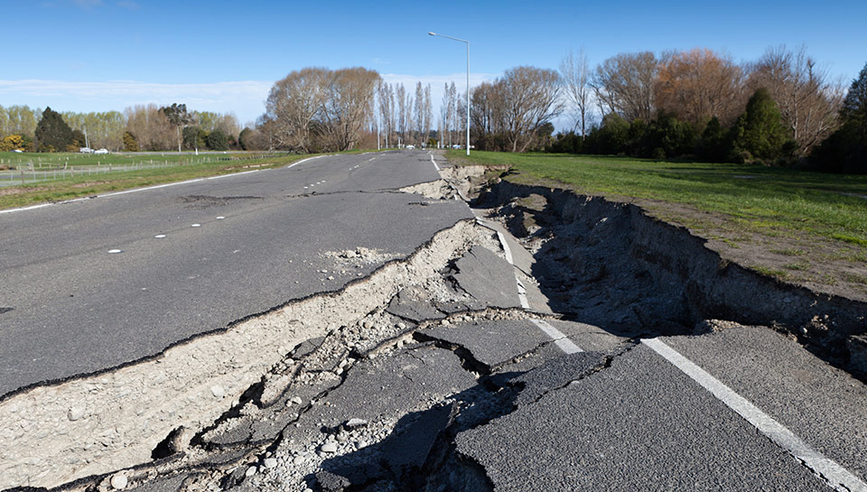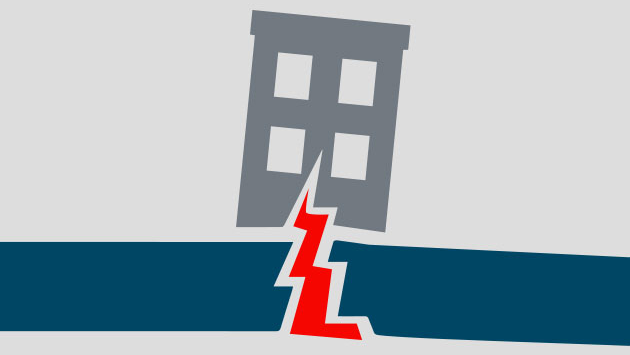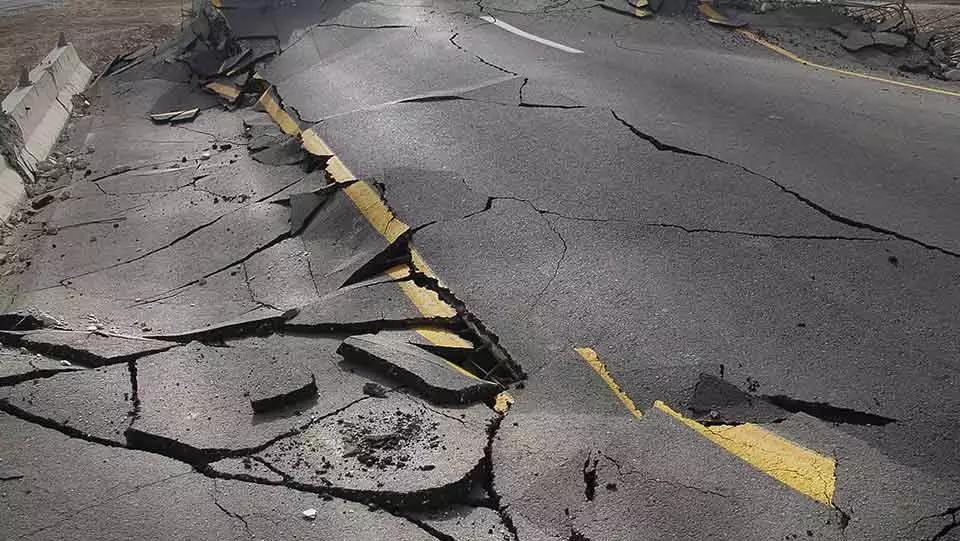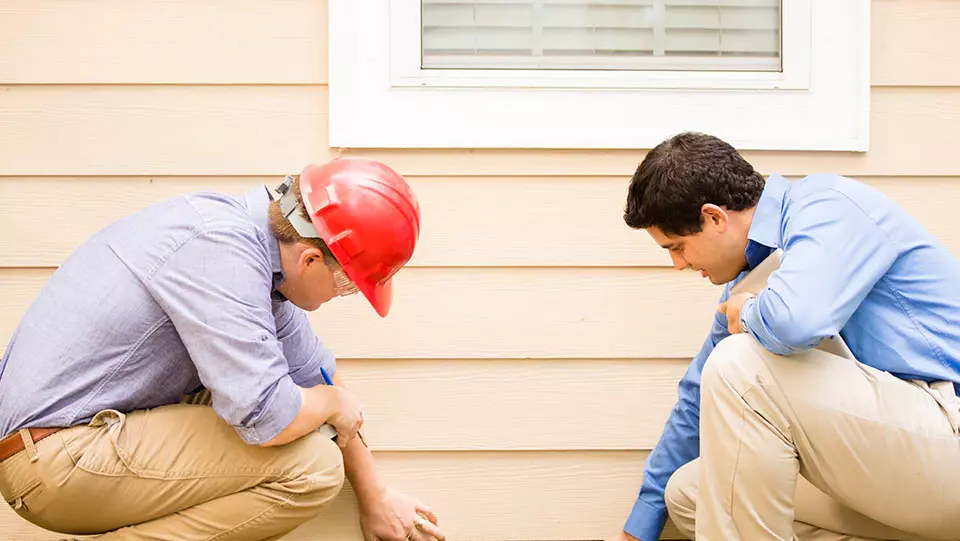Earthquake Safety and Preparedness


Earthquakes are caused by a sudden release of energy in the earth's crust, resulting in seismic waves. Earthquakes can happen almost anywhere, at any time, and can cause personal injury and/or property damage. Although California comes to mind when we think of earthquakes, other areas may also be at risk.
What can I do to prepare for an earthquake?
Earthquakes are not seasonal and they often occur without warning. However, the following are some general tips to help you prepare for an earthquake:
- Locate safe spots in each room of your home – for example, under a sturdy table or against an inside wall – and hold earthquake drills with your family members.
- Plan your evacuation route, designate a place for all family members to meet and decide how they will communicate if separated.
- Create a survival kit.
- Keep an updated inventory of your personal property and other important documents in a fire-proof safe.
- Natural gas lines should have an automatic seismic safety shutoff valve at the building entry point.
- Use flexible connection pipes to supply gas for propane appliances and equipment lines to help prevent leaks due to broken gas or propane lines.
- Water heaters should be strapped to wall studs to help prevent toppling and resulting gas leaks, fire or water damage.
- Secure all heavy or large objects that could fall during an earthquake.
- Store fragile items in closed cabinets.
- Ensure shelves and mirrors are securely fastened to walls.
- Keep heavy objects on lower shelves or on the ground.
- Anchor bookcases and cabinets to wall studs and use flexible straps that allow them to sway.
- Secure electronics with nylon straps.
- Get a professional assessment of your building’s structure.
What should I do during an earthquake?
Most importantly, do not panic. Only move if you need to get away from the danger of falling objects.1
- If you are inside when an earthquake occurs, stay there.
- Follow the “Drop, Cover, and Hold On” technique: Drop to the ground, take cover by getting under a sturdy table or other piece of furniture, and hold on until the shaking stops.
- Stay away from windows and glass.
- Do not use the elevators.
- If you are in bed, stay there and cover your head and neck with a pillow.
- Once the shaking stops, evacuate the building and be aware of hazardous conditions.
- If you are outside, get away from buildings, trees and power lines and drop to the ground.
- If you are in a vehicle, pull over to the side of the road. Do not stop on an overpass, under a bridge, under streetlights or near trees or power lines.
- If you become trapped under debris, do not move or kick up dust. Cover your mouth with a piece of clothing and shout only as a last resort, as it may cause you to inhale dangerous amounts of dust. Make noise, such as tapping on a pipe or hard object, so rescuers can locate you. Use a whistle if one is available.
The earthquake is over – now what?
Proceed with caution. Expect aftershocks, which are sometimes large enough to cause more damage. If you are inside, evacuate the building and be aware of hazardous conditions.
- If you live in a coastal area, be aware of the possibility of a tsunami and stay away from the beach. Walk to higher ground or inland.
- Listen to the radio for information about the earthquake and recovery efforts.
- Contact a professional to assess your home’s stability if you see cracks and damage to the roof and foundation.
- Be careful when opening cabinets and closets, as items may fall.
- Inspect your utilities. Call the authorities if you smell gas or to report any damage to the:
- Electrical system
- Sewage and water lines
- Gas pipelines
- Be careful around broken glass or debris. Wear sturdy shoes to help avoid cutting your feet.
Once danger has passed, learn steps to take to help you recover.
Source
1 Ready.gov, http://www.ready.gov/earthquakes
Additional sources
http://www.consrv.ca.gov/index/earthquakes/Pages/qh_earthquakes_what.aspx
http://earthquake.usgs.gov/hazards/



